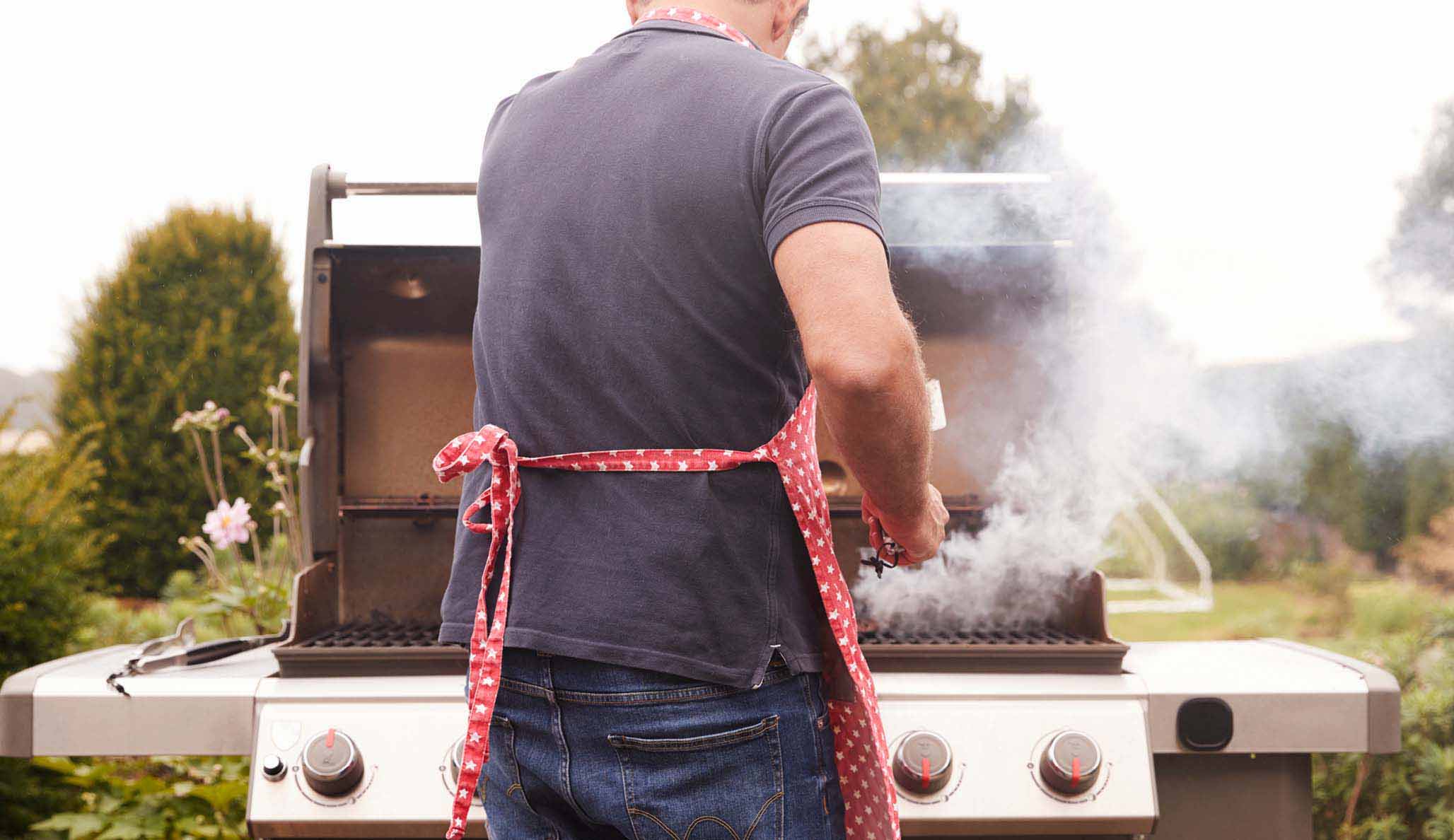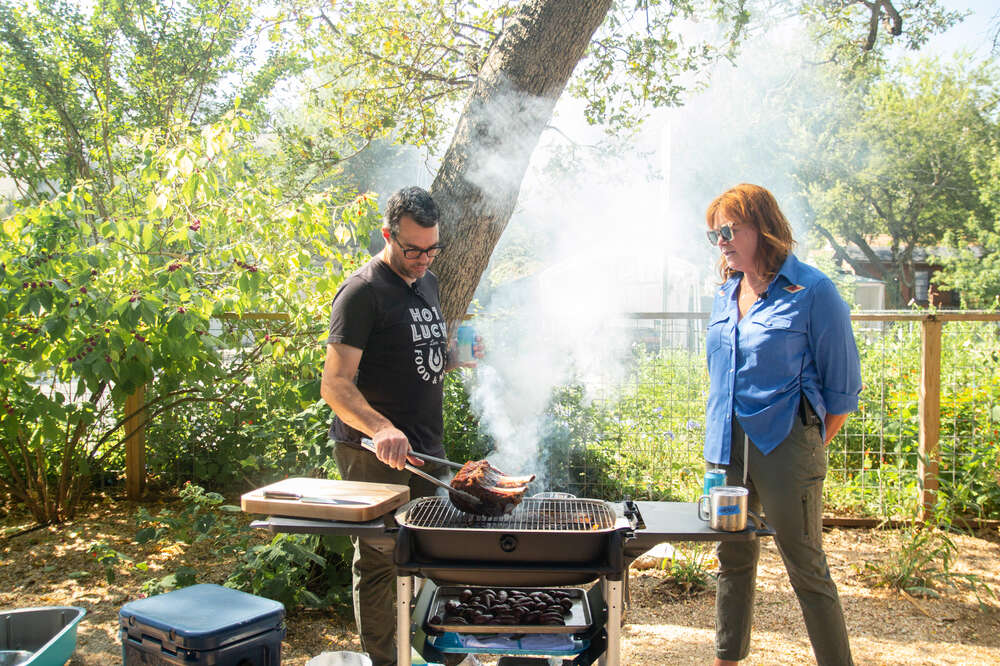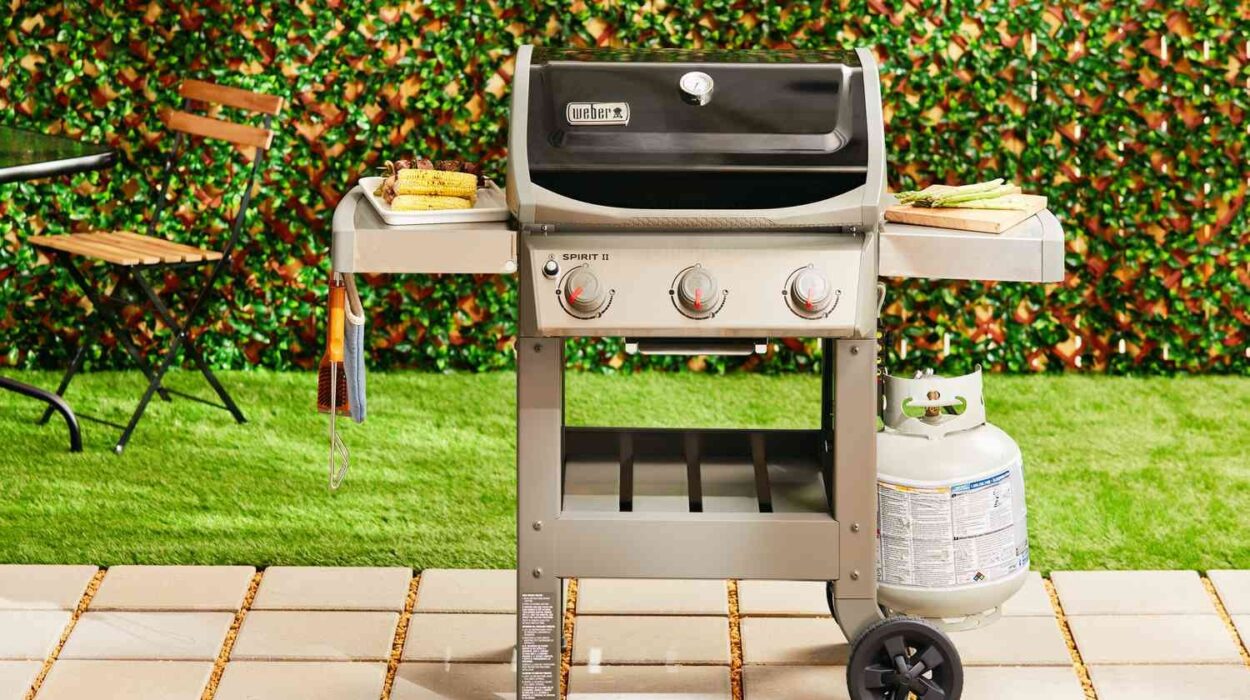:max_bytes(150000):strip_icc()/Web_4000-sea-product-weber-spirit-ii-e-310-3-burner-rkilgore-45-71a7b6f74de047bcbb5e65bcca5c432a.jpg)
Introduction to Cooking Beef Ribs on a Gas Grill
There’s nothing quite like savoring a plate of perfectly cooked beef ribs, with their rich, smoky flavor and tender, juicy meat. If you’ve ever wondered how to cook beef ribs on a gas grill, you’re in the right place. This comprehensive guide will take you through each step, ensuring even the most novice grillers can achieve mouthwatering results. Grilling beef ribs might seem like a daunting task, but with the right technique and tips, you can become a backyard barbecue hero.

Understanding the Basics: What Are Beef Ribs?
Before diving into how to cook beef ribs on a gas grill, it’s essential to understand the different types of beef ribs available. Generally, beef ribs come in two primary cuts: back ribs and short ribs. Back ribs are cut from the rib roast (prime rib), making them leaner but still flavorful. On the other hand, short ribs are cut from the chuck or plate and are meatier, with a more intense beef flavor. Each type offers unique flavors and textures, making it crucial to select the right cut based on your preference.
Back Ribs
Back ribs are usually around six to eight inches long and are known for their rich flavor and tenderness. They are a great choice if you want a leaner cut that still packs a punch in terms of taste. Learn more about different types of knives to enhance your grilling experience here.
Short Ribs
Short ribs, with their meatier texture and more profound flavor, can be boneless or bone-in and are typically cut into chunks. They require longer cooking times but reward you with a meltingly tender bite. For more on the best knife choices for meat preparation, visit this link.

Preparation: Marinating and Seasoning Your Beef Ribs
Once you’ve selected your beef ribs, the next step is preparation. A well-prepared rib is the foundation of a great grilling experience. Marinating and seasoning are critical steps that infuse the meat with flavor and help tenderize it.
Choosing the Right Marinade
A marinade is a mixture of oil, acid (like vinegar or citrus juice), herbs, spices, and other flavorings in which meat is soaked before cooking. The acid helps to tenderize the meat while the oil retains moisture. To make a basic yet delicious marinade, you can use:
- 1/2 cup olive oil
- 1/4 cup soy sauce
- 1/4 cup Worcestershire sauce
- 3 cloves garlic, minced
- 1 tablespoon honey
- 1 teaspoon black pepper
- 1 teaspoon smoked paprika
Combine these ingredients in a bowl and whisk until well blended. Place your beef ribs in a resealable plastic bag or a shallow dish and pour the marinade over them, ensuring they are well-coated. Seal the bag or cover the dish and let the ribs marinate in the refrigerator for at least 4 hours, preferably overnight.
Seasoning for Extra Flavor
In addition to marinating, seasoning with a dry rub can introduce another layer of flavor to your beef ribs. A simple yet effective rub includes:
- 2 tablespoons brown sugar
- 1 tablespoon kosher salt
- 1 tablespoon black pepper
- 1 tablespoon garlic powder
- 1 tablespoon onion powder
- 1 teaspoon cayenne pepper
After marinating, pat the ribs dry with paper towels and generously apply the dry rub, pressing it into the meat to ensure it adheres well. Allow the ribs to sit for about 30 minutes to absorb the flavors from the rub.

Setting Up Your Gas Grill for Indirect Cooking
Understanding how to cook beef ribs on a gas grill involves mastering the indirect cooking method. Indirect grilling is essential for cooking large, tough cuts like beef ribs slowly and evenly without burning them.
Selecting the Right Grill
If you don’t already have a gas grill, it’s worth investing in one that offers precise temperature controls and ample cooking space. Consider these top-rated options on Gear Patrol to find a grill that fits your needs and budget.
Preparing the Grill
To set up your gas grill for indirect cooking:
- Ensure the grill is clean and all the grates are free from any previous residue.
- Preheat the grill by turning on all burners to high for 10-15 minutes, then turn off one or more burners to create a cooler zone for indirect heat cooking.
- Adjust the remaining burners to maintain a temperature of around 250F to 275F (121C to 135C).
By creating a cooler zone on the grill, you can cook the beef ribs slowly and evenly, allowing them to become tender without burning.
Adding Wood Chips for Smoke
For that quintessential smoky flavor, consider adding wood chips to your gas grill. Soak the wood chips in water for about 30 minutes before placing them in a smoker box or wrapping them in aluminum foil with holes poked in the top. Position the smoker box or aluminum foil packet directly over the lit burners. The slow smoldering of the wood chips will infuse your ribs with an irresistible smoky aroma and flavor.
Cooking the Beef Ribs on a Gas Grill
With your grill set up for indirect cooking, it’s time to understand the techniques that will help you know how to cook beef ribs on a gas grill to perfection. This process requires patience, as low and slow cooking is the key to tender, juicy ribs.
Placing the Ribs on the Grill
Once preheated and the wood chips are smoking, place your prepared beef ribs on the cooler side of the grill, bone side down. Close the lid to maintain a consistent temperature, and cook the ribs for about 3-4 hours. It’s crucial to avoid opening the grill lid frequently, as this will cause temperature fluctuations. Maintain a steady grill temperature between 250F and 275F (121C to 135C).
Basting for Extra Moisture
To keep your ribs moist and flavorful, consider basting them periodically. A simple basting sauce can be made by combining one cup of apple juice with 2 tablespoons of apple cider vinegar. Using a brush or a spray bottle, apply the basting sauce to the ribs every 30-45 minutes. This additional moisture helps prevent the ribs from drying out and enhances their flavor.
Checking for Doneness
Determining when your beef ribs are done is crucial to achieving the perfect texture. Ideally, the ribs should be tender but not falling apart. A reliable way to check for doneness is by using a meat thermometer. Insert the thermometer into the thickest part of the meat, away from the bone. The internal temperature should reach around 195F to 203F (90C to 95C). Another method is the bend test: pick up the ribs with tongs and gently lift them. The surface should crack slightly, indicating they are tender and ready.
Finishing Touches: Searing and Saucing
Once your ribs have cooked through, you might want to add a finishing touch by searing them for a few minutes over direct heat. This sear adds a delicious crust to the exterior of the ribs, enhancing both their texture and flavor.
Searing the Ribs
Turn up one or more burners to high to create a hot zone for searing. Place the ribs directly over the flames for about 1-2 minutes on each side. Keep a close eye on them to prevent burning.
Applying the Sauce
Saucing beef ribs can be done earlier during cooking or right after grilling. If you prefer a sticky, caramelized coating, brush your ribs with barbecue sauce during the last 30 minutes of cooking. If you like your sauce fresh and glossy, apply it immediately after removing the ribs from the grill, allowing them to rest for a few minutes before serving.
Serving and Enjoying Your Beef Ribs
After you’ve mastered how to cook beef ribs on a gas grill, it’s time to dig in and enjoy the fruits of your labor. When serving, consider complementary side dishes like coleslaw, baked beans, or corn on the cob to round out the meal.
Carving the Ribs
Using a sharp knife, carefully slice between the bones to separate the ribs. If the meat is tender enough, it should slide off easily. Ensure you have the right knives for precise and efficient carving, which you can learn more about here.
Presentation and Pairing
Presentation is key to a memorable meal. Arrange the ribs on a large platter and garnish with fresh herbs or grilled vegetables for an eye-catching display. Pair your beef ribs with a robust red wine like Cabernet Sauvignon or a cold, crisp beer to complement the rich flavors of the meat.
Cleaning and Maintaining Your Cookware
After enjoying your delicious beef ribs, it’s essential to take care of your cookware to ensure its longevity. Proper cleaning and maintenance of your gas grill, knives, and cutting boards will keep them in top condition for future grilling adventures.
Cleaning Your Gas Grill
Once the grill has cooled down, scrape off any remaining food particles from the grates using a grill brush. Remove the grates and clean them with warm, soapy water. Rinse thoroughly and dry before placing them back in the grill. Consider investing in a high-quality cookware cleaner to keep your grill in pristine condition.
Maintaining Your Knives and Cutting Boards
Sharp knives are essential for efficient meat preparation. Regularly sharpen your knives using a honing rod or a sharpening stone. For detailed guidance on maintaining knife sharpness, check out this resource. Additionally, protect your wooden cutting boards by applying a cutting board conditioner regularly to prevent drying and cracking.
Storing Your Tools
Store your grill tools, knives, and cutting boards in a dry, cool place to prevent rust and damage. Regular maintenance and proper storage ensure your grilling equipment remains reliable for years to come.
As an Amazon Associate, I earn from qualifying purchases.
Conclusion
Mastering how to cook beef ribs on a gas grill is a rewarding skill that guarantees mouthwatering meals and delighted guests. Whether you’re a seasoned griller or just starting, the process becomes enjoyable and straightforward with the right techniques and tools. From selecting the perfect cut of beef ribs to achieving the ideal smoky flavor and tenderness, this guide provides everything you need to create a barbecue masterpiece. Happy grilling!


